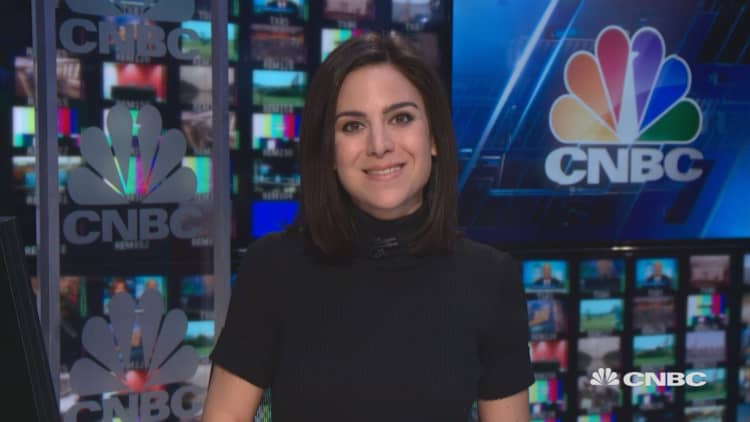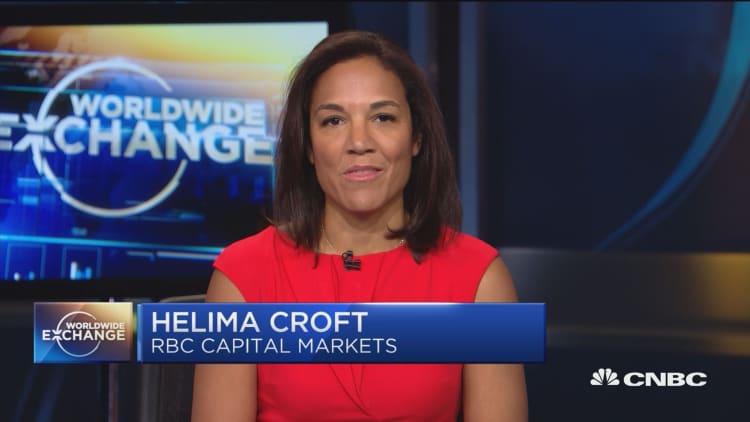Oil rose on Monday, hitting a three-week high, supported by strong U.S. demand and comments from Saudi Arabia that it would continue to curb production in line with OPEC-led efforts.
U.S. West Texas Intermediate crude ended Monday's session up 36 cents at $63.91 a barrel, its best closing level in three weeks.
Brent crude rose 17 cents to $67.48 a barrel at 2:29 p.m. ET, after hitting an intraday high going back to Feb. 2.
Prices were supported by Saudi Energy Minister Khalid al-Falih, who said on Saturday the country's crude production in January-March would be well below output caps, with exports averaging less than 7 million barrels per day.

He said Saudi Arabia hoped OPEC and its allies would be able to relax output curbs next year and create a permanent framework to stabilize oil markets after the current agreement on supply cuts ends this year.
"A study is taking place and once we know exactly what balancing the market will entail, we will announce what is the next step. The next step may be easing of the production constraints," he told reporters in New Delhi.
"My estimation is that it will happen sometime in 2019. But we don't know when and we don't know how."
The possibility of an eventual end to production cuts, however, may be a bearish development longer-term, said Bob Yawger, director of energy futures at Mizuho.
Data released last week by the U.S. Energy Information Administration showed a surprise draw in crude inventories.
"Last weeks inventory report wasn't bullish, but it also wasn't bearish. And that got the bulls excited," said Bill Baruch, president of Blue Line Futures in Chicago.
"Historically, this is usually a transitory kind of lull, where demand tapers back. We haven't seen that yet."

Demand in Europe may also be getting some help. A cold snap across the continent has encouraged some refiners to delay maintenance, which could support demand and help end a bout of profit-taking, analysts said.
"Our view is demand will be strong enough, but we don't see a big breakout," said Natixis oil analyst Joel Hancock, adding the expected a price in the range of $60 to $70 this year.
Still, hedge funds and money managers upped their bullish wagers on U.S. crude oil for the first time in four weeks, data showed on Friday.
Meanwhile, Libya's National Oil Corp said on Saturday it had declared force majeure on the 70,000 bpd El Feel oilfield after a protest by guards closed the field.

